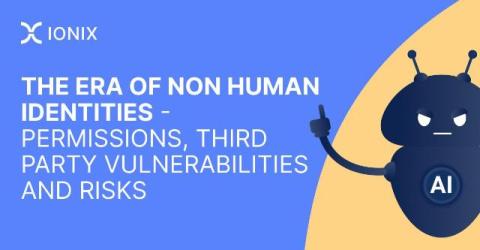Exploited: Ivanti Virtual Traffic Manager (vTM ) (CVE-2024-7593)
This post is based on ongoing security research – the post will continue to be updated as we get additional information… A critical vulnerability has just been announced in Ivanti’s Virtual Traffic Manager (vTM) that allows unauthenticated remote attackers to create administrator users.











